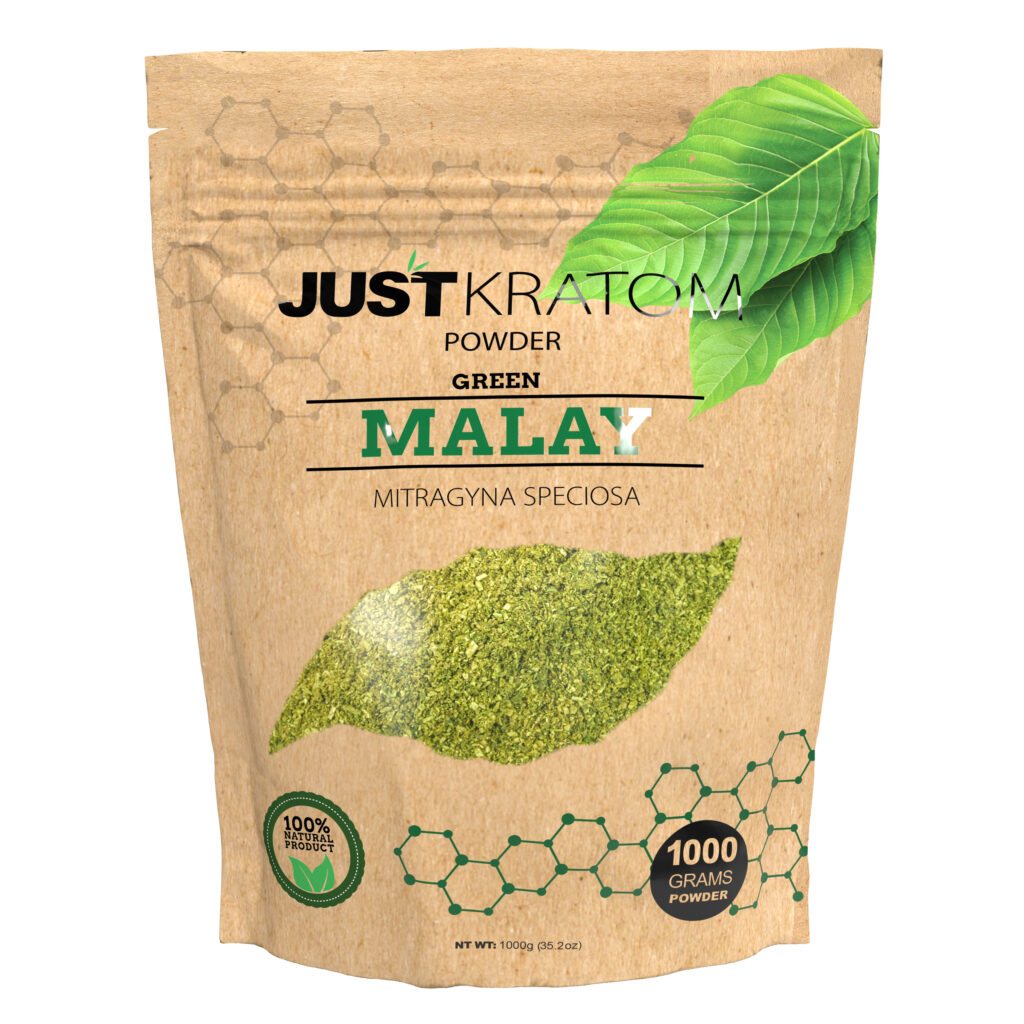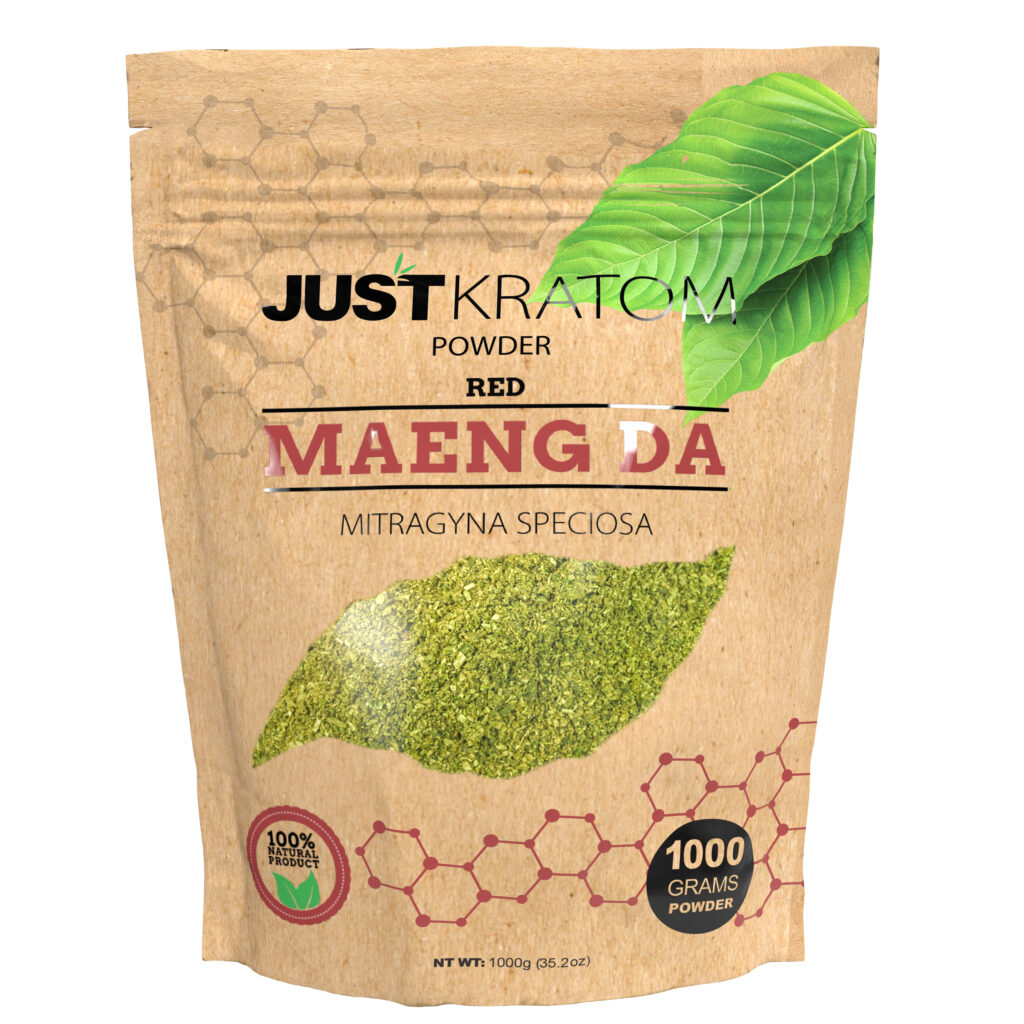Benefits of Kratom
Kratom, derived from the leaves of the Mitragyna speciosa tree, has gained increasing popularity for its potential therapeutic benefits. Users report experiencing a range of effects, including pain relief, mood elevation, and increased energy.
Pain Relief
One of the most compelling reasons people turn to kratom is its analgesic properties. It’s believed that kratom interacts with opioid receptors in the brain, potentially offering relief from both acute and chronic pain. Users often describe it as effective for managing pain associated with conditions like arthritis, fibromyalgia, and migraines.
Mood Enhancement
Kratom is also known for its mood-enhancing effects.
Many users report feeling a sense of euphoria and well-being after consuming kratom. It may help to alleviate symptoms of depression and anxiety by increasing levels of certain neurotransmitters in the brain.
- Increased energy and focus
- Reduced stress and anxiety
- Improved mood and sense of well-being
Energy Boost
Kratom can provide a natural boost to energy levels. This effect is often attributed to kratom’s stimulation of the central nervous system. Users may experience increased alertness, focus, and mental clarity.
It’s important to note that kratom’s effects can vary depending on factors like dosage, individual metabolism, and the specific strain consumed.
Anxiety Reduction
Kratom is increasingly recognized for its potential in anxiety reduction. It is believed that kratom interacts with neurotransmitters in the brain, particularly serotonin and dopamine, which play key roles in regulating mood and stress levels.
Individuals struggling with anxiety often report experiencing a calming and relaxing effect after consuming kratom. It may help to alleviate symptoms such as restlessness, worry, and feelings of apprehension.
Addiction Management
Kratom is gaining traction for its potential benefits in managing addiction. Some individuals find it helpful in reducing cravings and withdrawal symptoms associated with opioid dependence.
It’s thought that kratom’s interaction with opioid receptors may help to alleviate the intense discomfort experienced during withdrawal, making the process less challenging.
However, it’s crucial to emphasize that kratom is not a cure for addiction and should be used under the guidance of a healthcare professional.
It’s important to remember that using kratom to manage addiction should always be done in consultation with a medical professional. They can help assess its potential benefits and risks specific to your situation.
Uses of Kratom
Kratom, derived from the leaves of the Mitragyna speciosa tree, has gained popularity for its diverse potential therapeutic benefits. Users report experiencing a range of effects, including pain relief, mood elevation, and increased energy.

Medical Use
One of the most compelling reasons people turn to kratom is its analgesic properties. It’s believed that kratom interacts with opioid receptors in the brain, potentially offering relief from both acute and chronic pain. Users often describe it as effective for managing pain associated with conditions like arthritis, fibromyalgia, and migraines.
Kratom is also known for its mood-enhancing effects. Many users report feeling a sense of euphoria and well-being after consuming kratom. It may help to alleviate symptoms of depression and anxiety by increasing levels of certain neurotransmitters in the brain.

Kratom can provide a natural boost to energy levels. This effect is often attributed to kratom’s stimulation of the central nervous system. Users may experience increased alertness, focus, and mental clarity.
Kratom is increasingly recognized for its potential in anxiety reduction. It is believed that kratom interacts with neurotransmitters in the brain, particularly serotonin and dopamine, which play key roles in regulating mood and stress levels. Individuals struggling with anxiety often report experiencing a calming and relaxing effect after consuming kratom. It may help to alleviate symptoms such as restlessness, worry, and feelings of apprehension.

Kratom is gaining traction for its potential benefits in managing addiction. Some individuals find it helpful in reducing cravings and withdrawal symptoms associated with opioid dependence. It’s thought that kratom’s interaction with opioid receptors may help to alleviate the intense discomfort experienced during withdrawal, making the process less challenging.
Recreational Use
Recreational users of kratom often seek its mood-enhancing and energizing effects. Some individuals enjoy kratom for its ability to induce feelings of euphoria and relaxation, while others find it helpful in boosting energy levels and focus.
It’s important to note that the recreational use of kratom can vary widely depending on individual preferences and dosage. Some users may prefer lower doses for a mild mood lift, while others may opt for higher doses for more intense effects.
Kratom Dosages
When exploring kratom, understanding dosages is crucial for ensuring both safety and achieving desired effects. Factors influencing appropriate dosage include body weight, experience level, and the specific strain of kratom used.
Determining Your Dosage
Determining your ideal kratom dosage is a personal journey that involves careful consideration of several factors.
Beginners should start with lower doses, typically around 2-3 grams, and gradually increase as needed while carefully observing the effects. Experienced users may find themselves comfortable with higher doses, ranging from 5 to 10 grams or more, but it’s always advisable to proceed cautiously and adjust based on individual responses.
The specific strain of kratom can also influence dosage requirements. Some strains are known for their stronger effects, requiring lower doses to achieve the desired outcome. Others may be milder and necessitate higher doses.
Factors Affecting Dosage
When exploring kratom, understanding dosages is crucial for ensuring both safety and achieving desired effects. Factors influencing appropriate dosage include body weight, experience level, and the specific strain of kratom used.
Determining your ideal kratom dosage is a personal journey that involves careful consideration of several factors. Beginners should start with lower doses, typically around 2-3 grams, and gradually increase as needed while carefully observing the effects. Experienced users may find themselves comfortable with higher doses, ranging from 5 to 10 grams or more, but it’s always advisable to proceed cautiously and adjust based on individual responses.
The specific strain of kratom can also influence dosage requirements. Some strains are known for their stronger effects, requiring lower doses to achieve the desired outcome. Others may be milder and necessitate higher doses.
Types of Kratom and their Effects
Kratom, derived from the leaves of the Mitragyna speciosa tree, has gained popularity for its diverse potential therapeutic benefits. Users report experiencing a range of effects, including pain relief, mood elevation, and increased energy.
One of the most compelling reasons people turn to kratom is its analgesic properties. It’s believed that kratom interacts with opioid receptors in the brain, potentially offering relief from both acute and chronic pain. Users often describe it as effective for managing pain associated with conditions like arthritis, fibromyalgia, and migraines.
Kratom is also known for its mood-enhancing effects. Many users report feeling a sense of euphoria and well-being after consuming kratom. It may help to alleviate symptoms of depression and anxiety by increasing levels of certain neurotransmitters in the brain.
Kratom can provide a natural boost to energy levels. This effect is often attributed to kratom’s stimulation of the central nervous system. Users may experience increased alertness, focus, and mental clarity.
Kratom is increasingly recognized for its potential in anxiety reduction. It is believed that kratom interacts with neurotransmitters in the brain, particularly serotonin and dopamine, which play key roles in regulating mood and stress levels. Individuals struggling with anxiety often report experiencing a calming and relaxing effect after consuming kratom. It may help to alleviate symptoms such as restlessness, worry, and feelings of apprehension.
Kratom is gaining traction for its potential benefits in managing addiction. Some individuals find it helpful in reducing cravings and withdrawal symptoms associated with opioid dependence.
It’s thought that kratom’s interaction with opioid receptors may help to alleviate the intense discomfort experienced during withdrawal, making the process less challenging.
However, it’s crucial to emphasize that kratom is not a cure for addiction and should be used under the guidance of a healthcare professional.
It’s important to remember that using kratom to manage addiction should always be done in consultation with a medical professional. They can help assess its potential benefits and risks specific to your situation.
Recreational users of kratom often seek its mood-enhancing and energizing effects. Some individuals enjoy kratom for its ability to induce feelings of euphoria and relaxation, while others find it helpful in boosting energy levels and focus.
When exploring kratom, understanding dosages is crucial for ensuring both safety and achieving desired effects. Factors influencing appropriate dosage include body weight, experience level, and the specific strain of kratom used.
Determining your ideal kratom dosage is a personal journey that involves careful consideration of several factors. Beginners should start with lower doses, typically around 2-3 grams, and gradually increase as needed while carefully observing the effects. Experienced users may find themselves comfortable with higher doses, ranging from 5 to 10 grams or more, but it’s always advisable to proceed cautiously and adjust based on individual responses.
The specific strain of kratom can also influence dosage requirements. Some strains are known for their stronger effects, requiring lower doses to achieve the desired outcome. Others may be milder and necessitate higher doses.
Different types of kratom offer varying effects based on their alkaloid profiles.
- Red Vein Kratom: Often associated with sedative effects, relaxation, pain relief, and potential for euphoria.
- White Vein Kratom: Generally known for stimulating properties, including increased energy, focus, and alertness.
- Green Vein Kratom: Considered a balanced type, potentially offering a combination of both stimulating and relaxing effects.
Safety Precautions When Using Kratom
Before using kratom, it’s essential to prioritize safety. Start with small doses and gradually increase as needed, paying close attention to how your body reacts. Be aware of potential side effects and interactions with other medications. Consult a healthcare professional if you have any underlying health conditions or concerns.
Potential Side Effects
Safety precautions are paramount when using kratom. Begin with small doses and gradually increase as needed, monitoring your body’s response carefully.
It’s crucial to be aware of potential side effects, which can include nausea, dizziness, itching, constipation, and insomnia. If you experience any adverse reactions, discontinue use and consult a healthcare professional.
Kratom may interact with certain medications, such as those for depression, anxiety, or pain. Always inform your doctor about any supplements or herbal remedies you’re using, including kratom.
Contraindications
When considering the use of kratom, it is important to be aware of potential contraindications and precautions.
- Pregnant or breastfeeding women: Kratom’s safety during pregnancy and lactation has not been established. It is advisable for these individuals to avoid kratom use.
- Individuals with liver disease: Kratom can potentially put strain on the liver. Individuals with pre-existing liver conditions should consult a doctor before using kratom.
- People taking opioid medications: Kratom may interact with opioids and increase the risk of overdose. It is crucial to avoid combining kratom with opioids.
- Individuals with mental health disorders: While kratom may have mood-elevating effects, it can potentially worsen symptoms in individuals with pre-existing mental health conditions like bipolar disorder or schizophrenia.
- Those with a history of addiction: Kratom’s potential for dependence should be carefully considered. Individuals with a history of substance abuse should exercise extreme caution when using kratom and seek professional guidance.
Interactions with Medications
When using kratom, it is essential to be aware of potential interactions with medications. Kratom can affect the way certain drugs are metabolized, potentially leading to increased side effects or reduced effectiveness.
It’s crucial to inform your doctor about any medications you are taking, including prescription drugs, over-the-counter medications, and supplements, before using kratom.
Some medications that may interact with kratom include:
- Opioid painkillers (e.g., morphine, oxycodone): Combining kratom with opioids can significantly increase the risk of overdose.
- Central nervous system depressants (e.g., benzodiazepines, barbiturates): Kratom’s effects can be amplified when taken with these medications, leading to excessive drowsiness and respiratory depression.
- Antidepressants: Kratom may interact with certain antidepressants, potentially affecting serotonin levels in the brain and increasing the risk of side effects.
- Blood thinners (e.g., warfarin): Kratom may interfere with the effectiveness of blood thinners, increasing the risk of clotting.
Legality and Regulations
Safety Precautions When Using Kratom:
Before using kratom, it’s crucial to consult a healthcare professional to assess potential risks and benefits based on your individual health history and medications. Start with small doses (2-3 grams) and gradually increase as needed, observing how your body reacts. Be aware of potential side effects like nausea, dizziness, itching, constipation, and insomnia. Discontinue use if you experience adverse reactions.
Kratom may interact with certain medications, so inform your doctor about all medications and supplements you’re taking. Avoid combining kratom with opioids, central nervous system depressants, antidepressants, or blood thinners due to potential for dangerous interactions.
Legality and Regulations:
The legal status of kratom varies widely depending on the country and state/region. In some places, it’s completely legal; in others, it’s banned or restricted. It is crucial to check the specific laws regarding kratom in your location before purchasing or using it.
Always purchase kratom from reputable sources to ensure quality and safety. Be wary of products with questionable labeling or origins.
Shop Kratom Powder for enhanced wellness
- How Neck Line Fillers Can Help Restore Confidence In Kingston Upon Thames - August 30, 2025
- How Long To Wait For More Lip Filler - August 24, 2025
- How Long Does It Take For Swelling To Go Down Lip Filler - August 21, 2025
